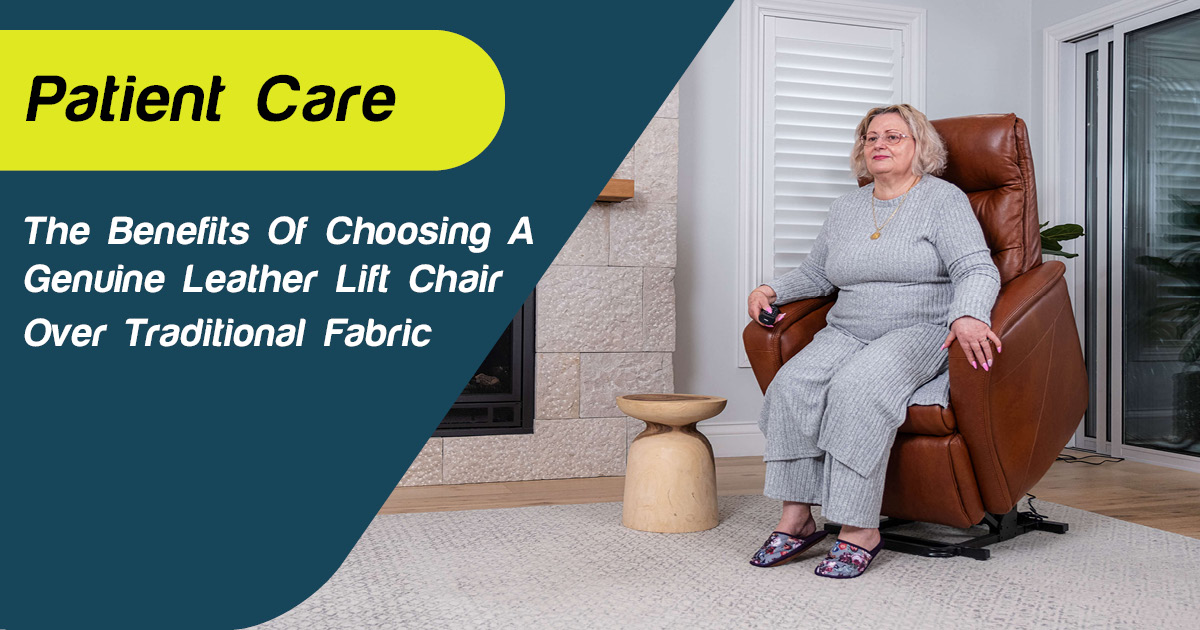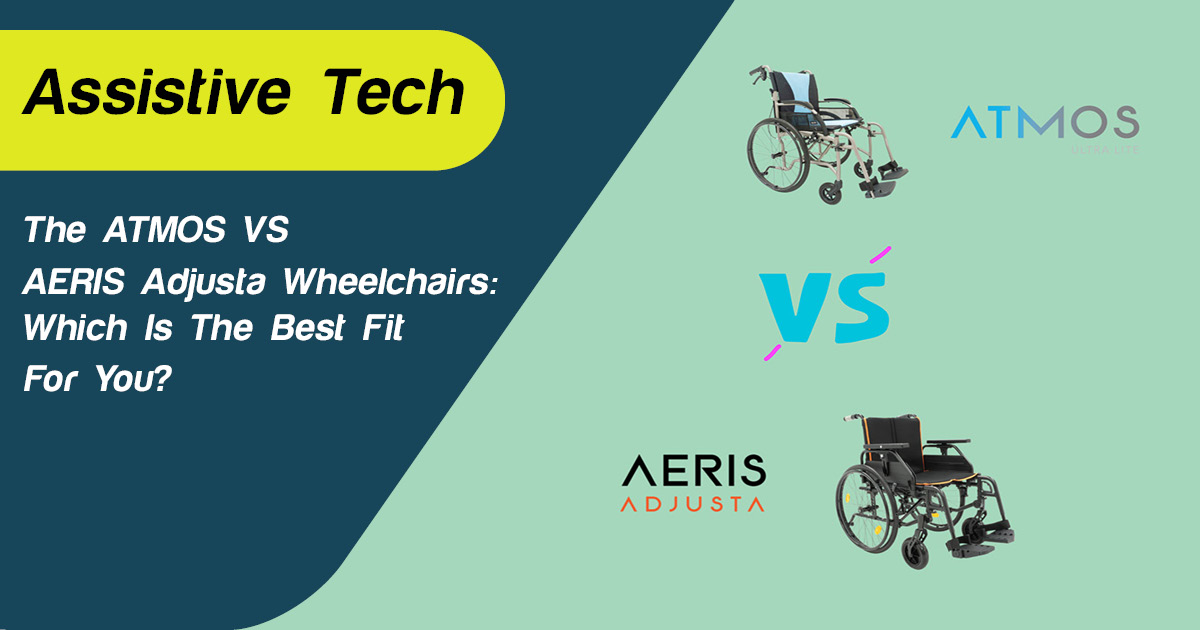
Share

Australians have a longer life expectancy than ever before — the average lifespan for Australians is now 83 years (81 for men and 85 for women). This provides more time for making memories and living life to the fullest; however, falls often interrupt this. As we age, our surefootedness declines and our bones become brittle, meaning falls are more common and the consequences are more severe.
Almost one in three Australians have a fall each year, leading to injuries, significant disabilities and even death. With this in mind, falls prevention in the elderly is essential. Falls are one of the biggest causes of harm in aged care — this is when residents are their most vulnerable and are often already suffering from some kind of illness or injury.
The good news is that many falls can be prevented.
In this article, we share some reliable falls prevention strategies in aged care to help protect residents and keep them up and active for longer.
#1. Screen all residents and identify their fall risk

The key to fall management in aged care is to review the health and capabilities of your residents regularly. Health is not linear — it changes, improves and declines all the time, and the status of the resident’s health can significantly impact the likelihood of a fall. Many older Australians are experiencing one or more of the following conditions.
- Diabetes
- History of falls
- Multiple drug use
- Dizziness and vertigo
- Vision impairment
- Cognitive impairment
- Wandering behaviour
- Incontinence (e.g. rushing to the toilet)
- Balance and mobility problems/use of mobility aids
- Syncope/blood pressure.
It’s important to set up a screening process for all residents to catch fall risks as soon as possible. The screening process doesn’t have to be complicated — here’s an example of a simple screening process from the Australian Commission on Safety and Quality in Health Care.
Residents with a high risk of falling should then go through a more detailed assessment so that a falls prevention plan can be put in place.
#2. Keep residents moving

Systematic reviews have shown that well-designed exercise programs can reduce disabilities in long-term residents while also improving strength and mobility. In fact, one review of an Australian retirement village found 22% fewer falls among residents who attended weekly group exercise classes compared with residents who didn’t.
Here are some recommended gait, balance and functional coordination exercises to try with residents.
- Supervised walks
- Sitting and standing with a chair
- Push-ups against a wall
- Bicep curls
- Calf raises
- Frontal raises
- Standing hip abductions
- Bent-over rows while sitting in a chair.
Exercise should be supervised and delivered by appropriately trained team members, and residents should be assessed to measure the improvement in their muscle strength, balance and mobility limitations.
#3. Set up fall alarms
Individual observation is essential for all residents in an aged care setting — however, residents with a high risk of falling require more in-depth surveillance. Fall alarms are generally recommended — the Posey Sitter Elite Alarm, for example, alerts team members when a resident tries to leave their chair, bed or toilet seat unattended. Because this is where many falls occur, we highly recommend this particular device.
This alarm has five alarm tones, pre-recorded voice messages and the capability to record personalised messages — you can even record personalised messages in other languages to communicate with non-English speaking patients. This could help track which resident is up and about and may need assistance.
#4. Introduce non-slip footwear
Inappropriate footwear contributes to falls and fractures in older people. In fact, studies have shown that three-quarters of people who have suffered from a fall-related hip fracture were wearing inappropriate footwear.
The Australian Commission on Safety and Quality in Health Care recommends shoes with firmer, thinner soles or tread soles to prevent slips, a low square heel and a supporting collar to improve balance. Alternatively, fall prevention slippers are also recommended in aged care — with a terry cloth upper and a non-skid rubber tread, these slippers can significantly reduce the risk of falls.
#5. Set up a post-fall management plan

If a fall has occurred, staff members should follow the particular facility’s guidelines for managing patients. Before attempting to lift the patient, it’s important to look over the patient for injuries and ask them how they’re feeling or if they’re experiencing any pain — an ambulance may need to be called.
The Australian Commission on Safety and Quality in Health Care also recommends asking the resident if they remember the sensation of falling rather than assuming they blacked out. Many older people with syncope are often unsure whether they actually blacked out.
Immediately after the fall, you must review the fall. This will determine how and why the resident fell and what can be done to reduce the risk of another fall.
#6. Involve residents in the planning process

Residents are at the centre of falls prevention strategies in aged care, so it’s important to include them in the planning process. Here are a few tips on encouraging your residents to get involved with fall prevention.
- Reassure residents that the plan is designed to keep them independent for longer.
- Be aware that the term “falls prevention” might be unfamiliar or difficult to understand for older residents.
- Provide relevant information so residents and their carers can participate in discussions and decision-making about preventing falls.
- Explore potential barriers and strategies to prevent residents from falling.
- Create strategies that accommodate the resident’s personal needs, circumstances and interests, and ask their family members to get involved with fall prevention strategies.
- Trial a range of different fall prevention strategies with each resident to ensure their needs are met.
- Display fall prevention posters in common areas for residents and their family
Supplement falls prevention strategies in aged care with our range of high-quality products
At Active Mobility, we’re committed to preventing falls in aged care and keeping older Australians safe from harm which is why we stock a wide range of fall prevention products from the world’s leading manufacturers. From fall alarms and sensors to floor mats, protectors, easy reachers, shower chairs, grab rails, toilet raisers, lift chairs and non-slip footwear, we have reliable fall prevention products to protect residents from harm.
Shop the range online — we offer fast and affordable shipping throughout Australia.












